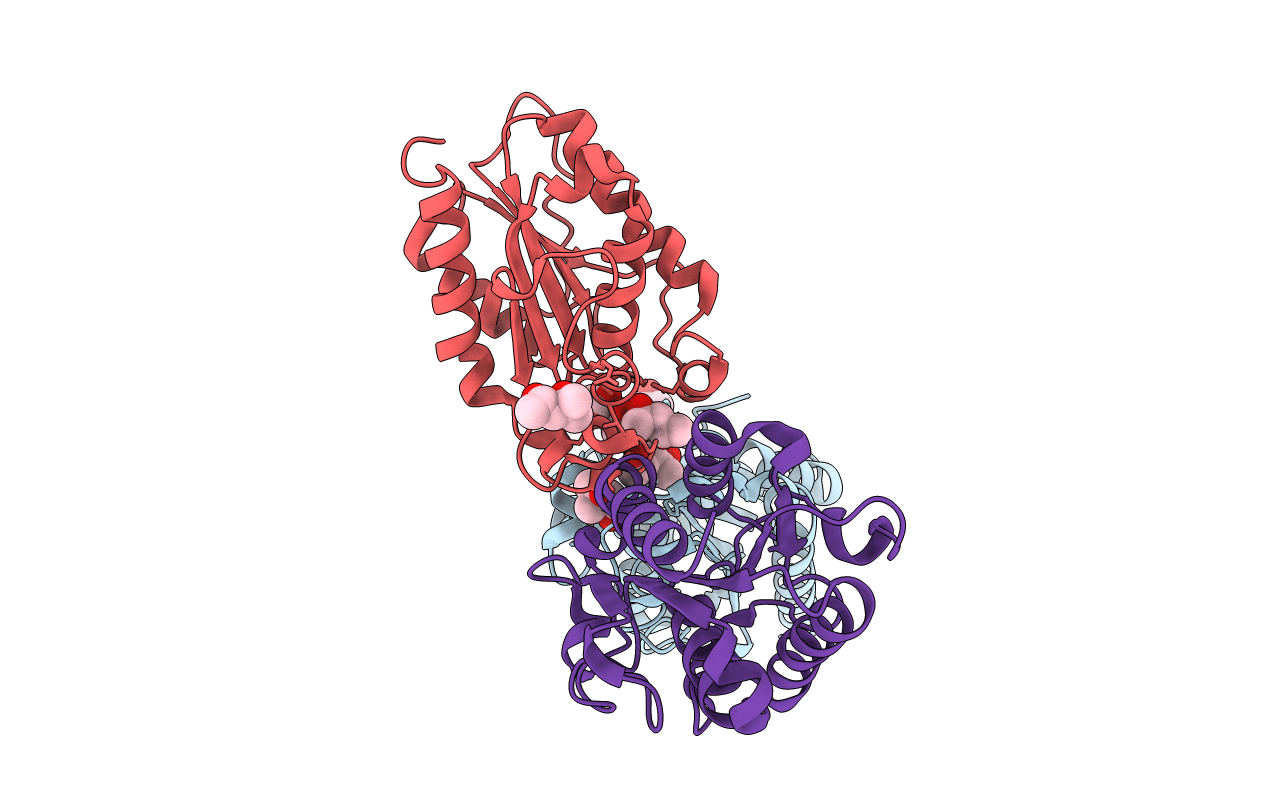
Deposition Date
2015-02-24
Release Date
2015-09-02
Last Version Date
2024-11-13
Entry Detail
Biological Source:
Source Organism:
FUSARIUM OXYSPORUM F. SP. RAPHANI (Taxon ID: 1089458)
Host Organism:
Method Details:
Experimental Method:
Resolution:
1.90 Å
R-Value Free:
0.22
R-Value Work:
0.18
R-Value Observed:
0.18
Space Group:
P 21 21 21


